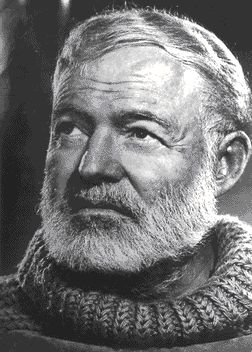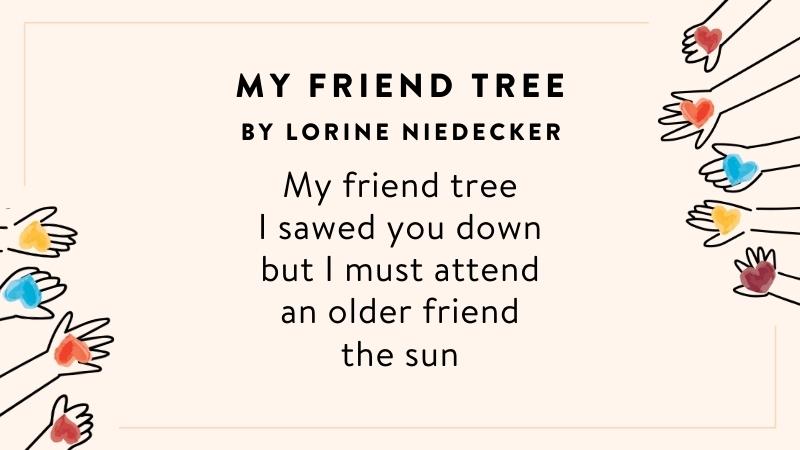Introduction:
Every educator deserves a fair and competitive salary, which not only includes experienced teachers but also individuals who are new to the profession. These 11 school districts across the United States stand out for their attractive starting salaries, reflecting their commitment to fostering a rewarding teaching environment. In no particular order, let’s dive in and explore these districts with the highest starting salaries.
`1. Barrow County School District, Georgia:
The Barrow County School District in Georgia offers starting teachers an impressive average salary of $43,500. For newly qualified teachers seeking a competitive environment with appealing financial incentives, this district is an excellent choice.
2. Bellevue School District, Washington:
Bellevue School District in Washington State has an average starting salary of $49,233. As one of the top-rated school districts in the state, it provides new teachers with both a rewarding experience and substantial financial benefits.
3. Arlington Independent School District, Texas:
Arlington Independent School District in Texas has made education a priority by offering starting teachers an average salary of $54,026. It boasts diverse classrooms and up-to-date facilities designed to help new educators develop their skills.
4. Chicago Public Schools (CPS), Illinois:
Chicago Public Schools is known for its high starting salaries which go as high as $57,894 on average. With its rich cultural setting, CPS serves as an ideal location for new teachers looking to grow professionally.
5. Los Angeles Unified School District (LAUSD), California:
LAUSD compensates its first-year teachers well at an average starting salary of $48,484. Alongside the sunshine and stunning beaches of California come excellent opportunities for personal and professional development within this reputable school district.
6. Newark Public Schools (NPS), New Jersey:
Offering a generous average salary of $53,119 for new teachers, Newark Public Schools in New Jersey is an attractive option for aspiring educators to embark on their careers.
7. Boston Public Schools (BPS), Massachusetts:
Boston Public Schools, serving the historical and vibrant city of Boston, offers new teachers an average starting salary of $50,987. It provides excellent opportunities to work in a diverse and supportive community.
8. Portland Public Schools (PPS), Oregon:
As one of the top districts in Oregon, Portland Public Schools is a sought-after choice, providing first-year teachers with an average starting salary of $45,515.
9. Denver Public Schools (DPS), Colorado:
Denver Public Schools in beautiful Colorado rewards its newly qualified teachers with an average starting salary of $43,934 alongside ample opportunities for professional development throughout their careers.
10. New York City Department of Education (NYCDOE), New York:
Offering an average starting salary of $59,291 to its new teachers, the New York City Department of Education boasts one of the highest starting salaries in the nation. Combine this with the exciting opportunities that accompany teaching in the city that never sleeps, and you have a winning combination.
11. Montgomery County Public Schools (MCPS), Maryland:
Montgomery County Public Schools is well-known for prioritizing education. As a result, new educators can expect an average starting salary of $52,012 along with exceptional resources and support services.
Conclusion:
These 11 school districts stand out for their high starting salaries, demonstrating their commitment to attracting top talent and ensuing quality education for all students. Working in any one of these prestigious school districts would provide newly qualified educators with a stable income as well as unparallel support systems to succeed and thrive professionally.











